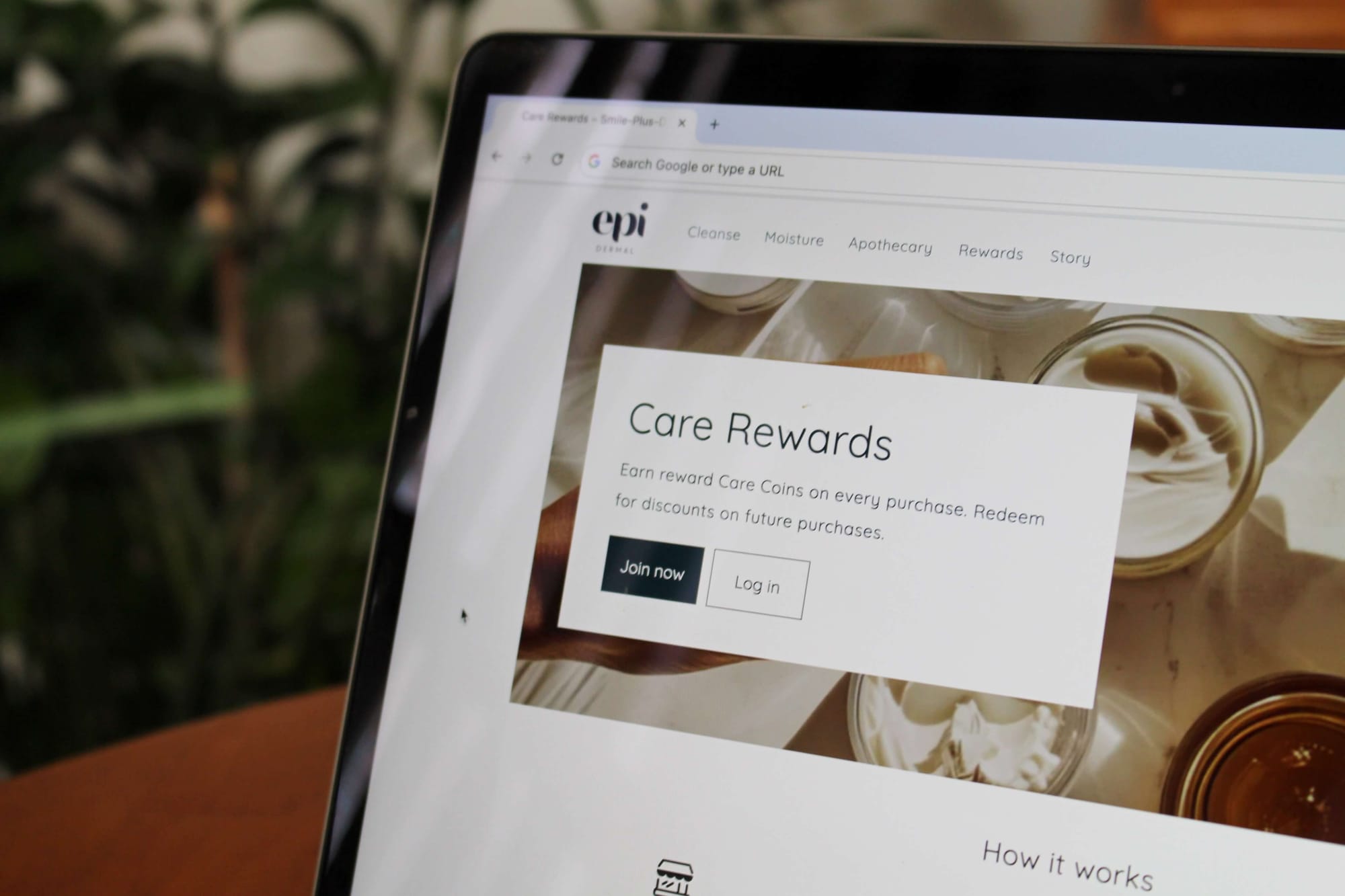Editor’s Note: this post was written using broad trends that are intended to help brands target a specific demographic. That being said, we recognize that each individual customer is unique, and these suggestions should be used as a starting point as opposed to a final say.
The difference between men and women has been a widely-debated topic for years. Whether they are true or not, stereotypes about men and women exist and they are largely caused by mainstream advertising. By painting all men and women with a broad brush, these messages can easily polarize and confuse different groups of customers who are looking to shop with brands that truly understand them.
That’s why you simply cannot make these types of assumptions when building your loyalty program. Even if your products are designed exclusively for women, it’s integral that your loyalty strategy account for those men who may still be exploring your products for somebody else, or even for themselves.
You never know who might be looking for your brand, which means it needs to be optimized for everyone.
No matter who discovers your program, you need to make sure they’re motivated to join, engage with, and share your community with others. After all, these types of behaviors are what turn them into repeat customers, making them extremely valuable to your business — no matter their gender!
So what are men and women looking for?
How men and women define loyalty
Even though men and women may be motivated by similar things when choosing which brands to shop with, they tend to define the word “loyalty” differently.
In general, women are more likely to associate the concept of loyalty with words like “trust,” “devotion,” and “commitment.” This is quite different from men, who often define it as “honor” or “doing the right thing.” This definition makes loyalty seem like more of a contractual commitment, which has prompted some marketing experts to question whether women are often more brand loyal than men.
Women tend to see loyalty as more of an emotional experience than men.
You can see these differences at play in the ways men and women engage with loyalty programs. While women like to take their time and compare the available options, men are extremely focused and want to complete their shopping in as little time as possible. Women also tend to appreciate storytelling and personalization more than men, who are often simply looking for quick solutions and easy-to-see value.
Men tend to shop quicker than women, who enjoy browsing and comparing products.
When you compare these characteristics, men and women look like polar opposites. Not only are they completely different when it comes to shopping behaviors, but they also don’t seem to want to participate in the same types of loyalty programs. However, it’s still possible to design a rewards program that satisfies everybody.
Building a program that appeals to both men and women
Regardless of your industry or target demographic, there are a number of key rewards program features that can attract both men and women to your brand community.
1. Make your program visible
If you want customers to join your loyalty program, they need to know it exists! While you can promote your program in a number of ways, one of the most effective ways to get it in front of your customers is by making it obvious on your website. You can do this with a rewards launcher.
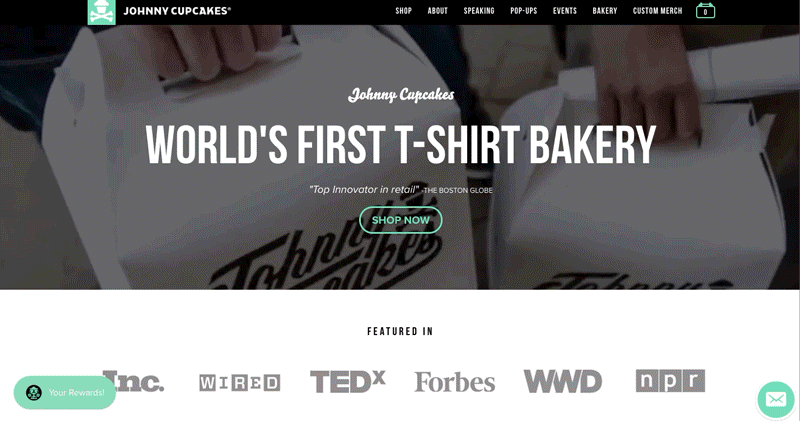
Johnny Cupcakes is a great example of this principle at work. With a customized Launcher clearly labeled “Your Rewards!” customers can easily find their rewards program no matter where they are on the page. This level of visibility is a huge incentive for men to join because it makes their program and brand community extremely easy to access and requires minimal work to discover.
This visibility also appeals to women, who are known as notorious browsers. No matter what pages they explore onsite, they will still be exposed to the “Your Rewards!” Launcher and be given the opportunity to explore the program as they wish.
This one click method allows both mission-oriented and browsing customers to weigh the pros and cons of joining the program – all without being distracted from their original purchasing mission.
2. Build an incredible explainer page
Loyalty program explainer pages are an essential ingredient when you’re designing a program for men and women. Not only does it give you the opportunity to explain the benefits of your program, it also allows you to show your customers how to engage in order to receive those benefits.
The trick is to find a balance between offering your customers too much or too little information, and visuals are the best way to do that. Building a visual explainer page helps makes your page more appealing to men, who typically are looking for quick solutions. A less-is-more approach is the best way to get them on board by showing them the value of your program (what they can earn and how) as quickly as possible.
Explainer pages are a great way to help your customers self-serve information about your rewards program in the way that suits them best.
This approach also works for women. Even if they are looking for a lot of information about your program, they can still get all of the details on how to enroll, what you can earn, and how to earn it in a way that doesn’t interfere with their browsing. As they explore more of your store, they can get all the information they need to make an informed decision about joining and engaging in your brand community.
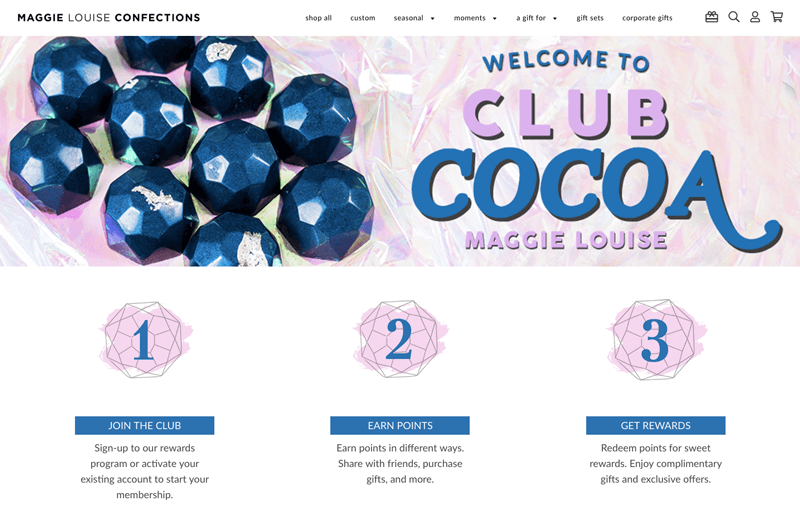
Maggie Louise Confectionary has done an excellent job of catering to both men and women with their explainer page. As soon as you land on the Club Cocoa page, you can understand the program in a matter of seconds with the help of their clear three-step process diagram.

This information is accompanied by a clear call-to-action button that invites you to join without navigating away from the page. This accessibility makes it very appealing to men who are looking for quick solutions without distracting them from learning more if they’d like to.
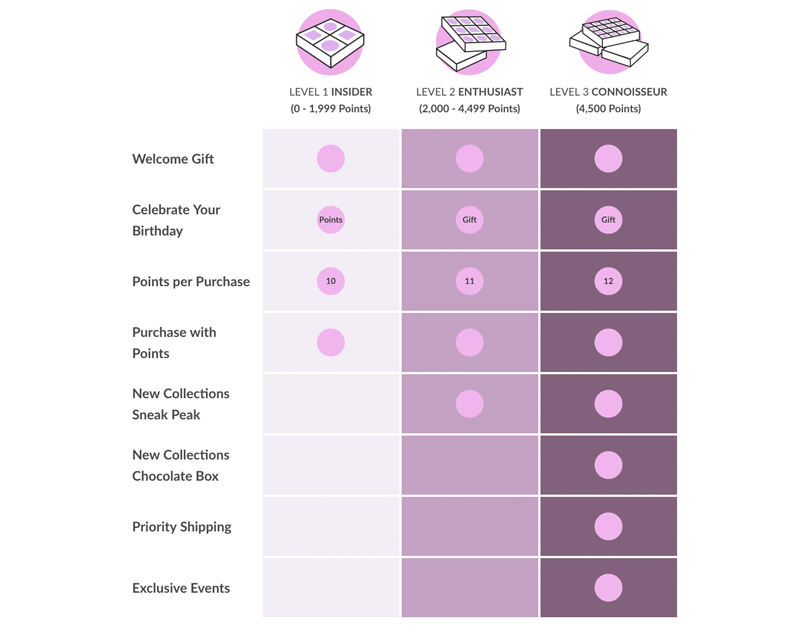
For those who would like to learn more, Maggie Louise has also treated their customers to a more in-depth look at the earning process with a clear and concise VIP tier chart. By breaking down the benefits at each level, their customers have the information they need to make informed decisions and encourages them to explore everything the program has to offer.
Through a balanced combination of images and text, Maggie Louise Confections has created an explainer page that appeals to any type of customer looking for additional information about their loyalty program. The “at-a-glance” nature of the page appeals to men and women alike, and gives the Club Cocoa program an air of accessibility to any gender that may not exist otherwise.
3. Introduce customer tiers
Everyone wants to feel special. Tiered loyalty programs are a highly effective way to fulfill this desire and bring customers back time after time. Giving your customers different levels to aspire to plays upon their emotional desires, inspiring a sense of community within women and prestige within men. Both of these feelings motivate them to engage more often over time, increasing the value of each loyal customer.
The key to an effective VIP program is remembering that men and women often like to display their status differently: men are flashy while women are usually more reserved.
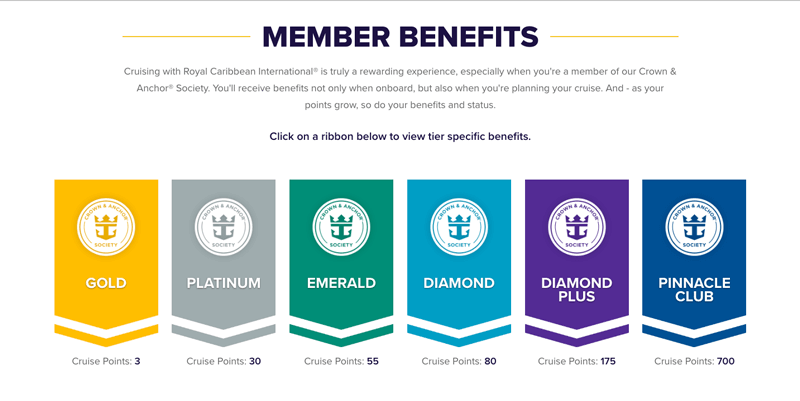
The Royal Caribbean Cruise Line’s Crown and Anchor Society uses six different tiers to allow customers to display their status however they wish. For example, a personalized lapel pin, priority seating, and access to exclusive member lounges will appeal to men who want their status to be noticed by other people. On the other hand, advance notice of sales, exclusive discounts, and additional cruise points are more subtle acknowledgements of member status, and will be more appealing to women.
While Royal Caribbean’s program is more extravagant than most, it’s a great aspirational model for what VIP programs can do for your brand community. Exclusivity is a great tool for encouraging customers to engage with your loyalty program and, when done correctly, can be equally attractive to both men and women.
4. Diversify the rewards you offer
One of the largest reasons people enroll in loyalty programs is the rewards themselves. Since their inception, loyalty programs have rewarded customers with points for each purchase. However, just because something has always been done it doesn’t mean it’s the only way. Your customers are always on the lookout for something new and exciting, and diversifying your rewards menu is a great way to satisfy every one of your shoppers’ cravings.
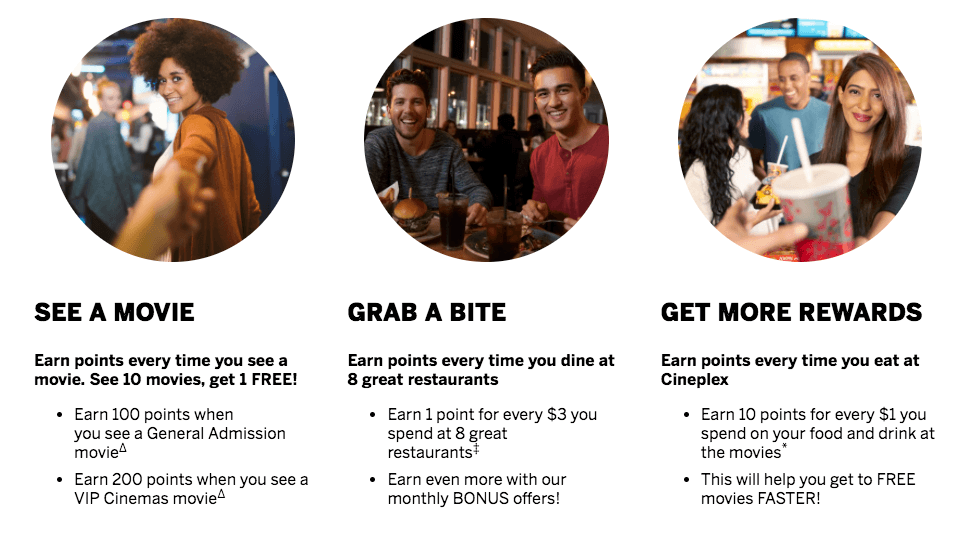
Take Scene Movie Rewards, for example. At its core, the Scene program encourages members to collect points in order to redeem them for free movie tickets at select theaters. However, customers aren’t limited to this redemption method. In addition to movie tickets, customers can redeem their points for meals at certain restaurants, receive discounts on athletic equipment, and win free tickets to live events.
This redemption model is appealing for both men and women because it offers both personalized and standard monetary rewards. Giving customers the option to expand their definition of “value” broadens your program exponentially, and ensures that men and women alike can find rewards that meet their needs.
Please everyone with an effective loyalty program
While men and women can have dramatically different characteristics, there are ways to bridge the gap. Using a visible rewards program Launcher allows customers to quickly access your program, while a balanced explainer page provides them with program information to help them make informed decisions.
VIP tiers are also a highly effective tool you can use to play to your customers’ emotions, satisfying their competitive streak while placing them in a community that shares their goals and interests. These levels, combined with multiple ways to redeem your rewards, allows every customer to tailor your program to their needs and curate a rewards experience that is completely their own.
By designing a loyalty program that covers each of these bases, you can rest assured that your program will be attractive to everyone.







